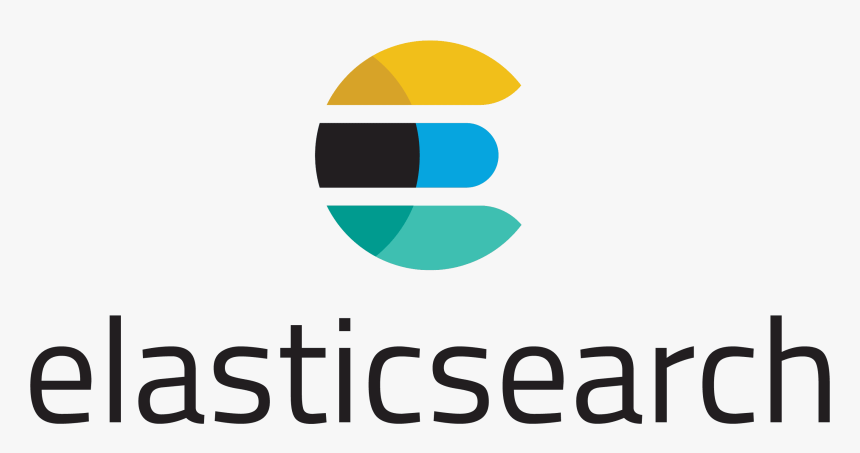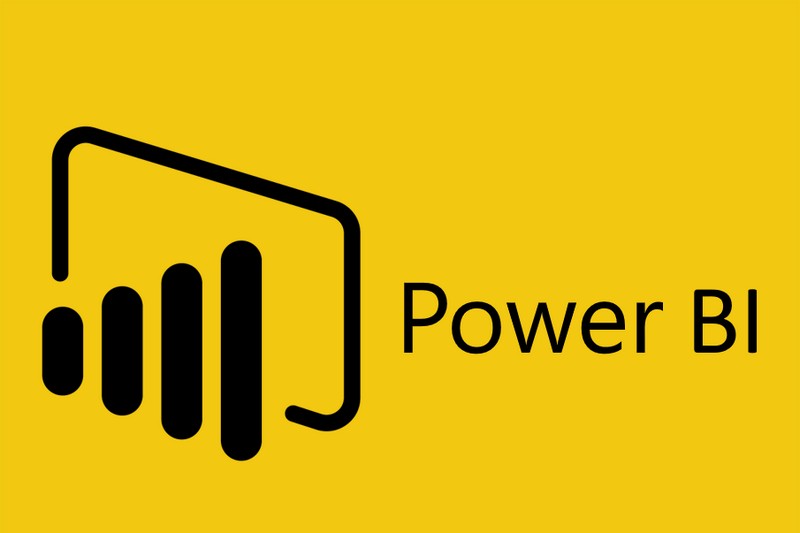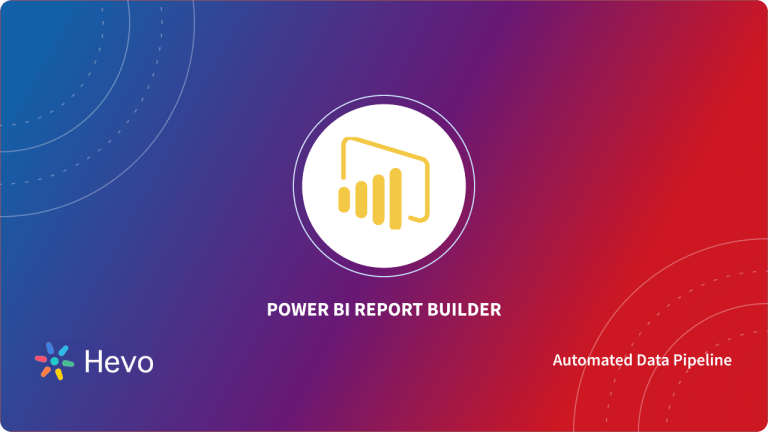Are you struggling to connect Elasticsearch to Power BI? Have you looked all over the internet to get the right information? If yes, then you have landed at the right blog. This blog introduces you to Elasticsearch, Power BI, and the steps to connect Elasticsearch to Power BI. As Power BI doesn’t support a direct connector for Elasticsearch, you will use an ODBC driver for this connection.
Table of Contents
What is Elasticsearch?

Elasticsearch is an open-source real-time distributed engine. It is developed on top of Lucene. It is famous because it offers a simple Rest API. These REST APIs help you in responding to the request. Elasticsearch is based on documents and can be used in single-page applications, business analytics, enterprise search, etc. Elasticsearch uses indexing for running complex queries. Elasticsearch index is a collection of related documents. Each document correlates with a set of keys with corresponding values.
Key Features of Elasticsearch
- Multiple Search Options: Elasticsearch offers multiple searches such as customized splitting text into words, autocompletion, instant search, etc.
- Scalable: It is scalable across multiple nodes. You can scale it horizontally and extend resources to balance loads between nodes and clusters.
- Fast: It is fast as compared to other search engines. It is capable of executing complex queries in minutes.
- Document Oriented: Elasticsearch stores data in structured JSON documents. It provides default indexing for your data.
Ditch the manual process of writing long commands to migrate your data and choose Hevo’s no-code platform to streamline your migration process to get analysis-ready data for Power BI.
With Hevo:
- Transform your data for analysis with features like drag and drop and custom Python scripts.
- 150+ connectors like PostgreSQL and Google Sheets(including 60+ free sources).
- Eliminate the need for manual schema mapping with the auto-mapping feature.
Try Hevo and discover how companies like EdApp have chosen Hevo over tools like Stitch to “build faster and more granular in-app reporting for their customers.”
Get Started with Hevo for FreeWhat is Power BI?

Microsoft Power BI is a business analytics tool. You can visualize and analyze the data from various sources using the in-built connectors. It supports integration from sources such as MySQL, Oracle, Azure, Excel, etc. It provides a simple and intuitive user interface so that the customers can build their reports and dashboards. It helps us to get better insights into the organization’s data. It is available in three forms – Power BI Desktop, Power BI Service, and Power BI Mobile. Power BI can connect multiple data sets, transform it, and clean it to form a self-explanatory model.
Key Features of Power BI
- Customized Visualization: You can use custom visualize SDK to create your visualization in Power BI.
- Multiple Integrations: Power BI supports integration from multiple platforms using in-built connectors.
- Secure: Power BI offers row-level security, which let’s grant rights access at multiple levels.
- Real-Time: Your data is analysis-ready always. Power BI can solve various problems and capture opportunities from them.
If you would like to understand more about Microsoft Power BI, check out our helpful guide here.
Prerequisites
- Java Runtime Environment with version 7 or above.
- Download and install Elasticsearch from this link.
- Download Elasticsearch ODBC driver from here.
- Power BI Desktop.
- Pre-configured DSN for elastisearch
Steps to Connect Elasticsearch to Power BI
You will use the Elasticsearch SQL ODBC driver in this module. Follow these steps to connect Elasticsearch to Power BI:
- Go to Power BI, select “Get Data” from the home ribbon.
- In the left-side panel, select “Other” and then select the “ODBC” on the right side and click “Connect”.
- In the ODBC panel, select your DSN for Elasticsearch and click the “OK” button.
- Now, in the navigator panel, select your data and click “Load”.
- You will get the data on the right side of your screen in Power BI. Visualize your data as you need.
Limitations
Connecting Elasticsearch to Power BI has a lot of limitations as mentioned below:
- As there is no direct connector for Elasticsearch in Power BI, so you have to download and configure the ODBC driver on your system to establish a connection.
- Installation and configuration of the ODBC driver is a time-consuming process.
Need for Integrating Elastisearch and Power BI
- Real-time Data Analysis: Elasticsearch allows real-time data search and analysis. Power BI can then visualize this in dynamic dashboards, enabling stakeholders to act on the most up-to-date information.
- Comprehensive visualization: Elasticsearch, being a distributed, open-source search and analytics engine, handles large datasets with ease, while Power BI is a powerful tool for creating interactive data visualizations.
- Custom Querying Capabilities: Elasticsearch’s powerful querying language enables users to search and aggregate data in highly customizable ways. Power BI can leverage this for building customized reports based on specific requirements.
Conclusion
In this blog, you have learned about Elasticsearch, PowerBI, and steps to connect Elasticsearch to Power BI. Even though Power BI doesn’t support a direct connector for Elasticsearch, you can still establish a connection between these two platforms to get better insights into the data using the ODBC driver. If you want to integrate data from multiple sources, including Elasticsearch, before you visualize it in Power BI, you can try Hevo.
Hevo is a No-code Data Pipeline. It will integrate data from multiple Data sources such as Elasticsearch and transport it to your desired destination in real-time.
Visit our Website to Explore HevoFrequently Asked Questions
1. Can you import Power Query into Power BI?
Yes, you can import Power Query into Power BI by using the Power Query Editor within Power BI to connect, transform, and load data.
2. What is the difference between Power BI and Kibana?
Yes, you can push data to Power BI using Power BI REST API or by using Streaming Datasets to enable real-time data updates.
3. Can you push data to Power BI?
Power BI is a business intelligence tool for data visualization, reporting, and analytics, with a user-friendly interface for non-technical users.
Kibana is focused on visualizing data from the Elasticsearch stack, mainly used for log and search analytics. It is more technical and designed for real-time log and operational data analysis.










